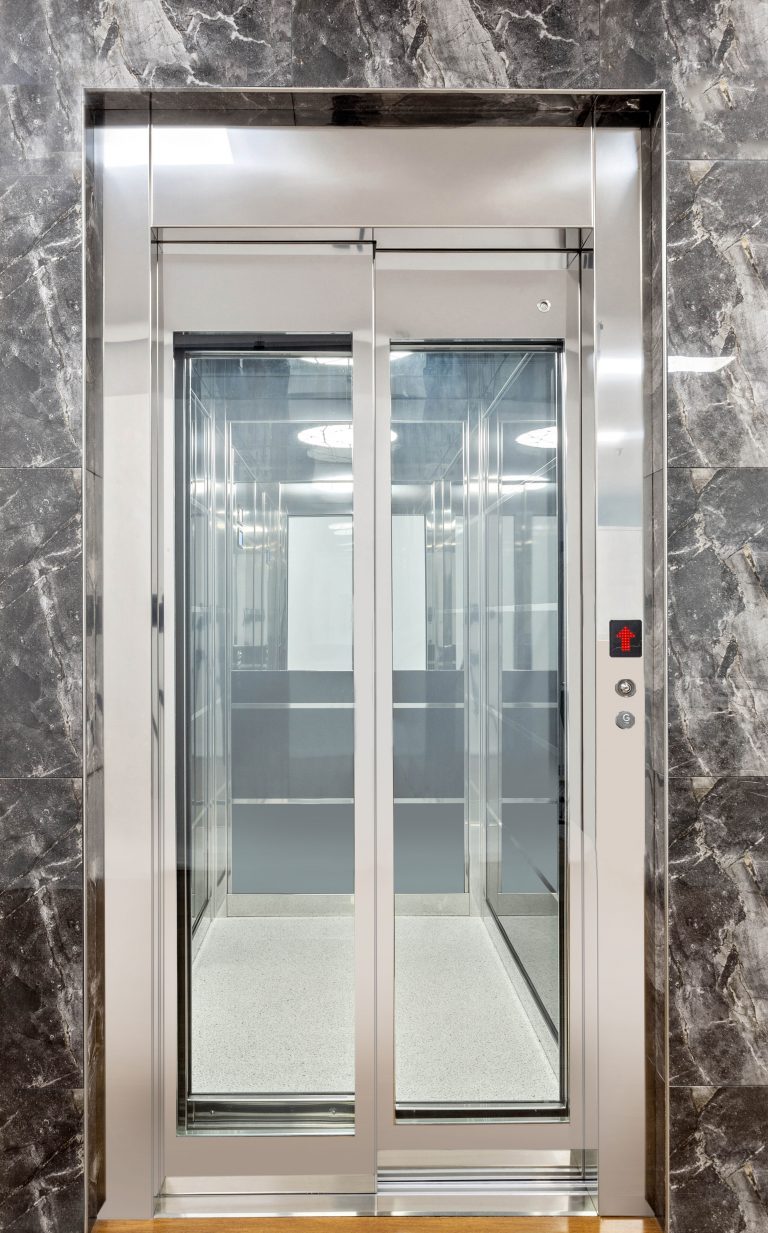Untangling the Complexities of Lift Modern Technology: Troubleshooting Common Troubles Throughout Lift Models
In the realm of lift innovation, a myriad of ins and outs often lie below the surface of what seems a simple system. From slow-moving procedure concerns to strange sounds rising from the equipment, repairing usual problems across various lift models demands a keen eye for information and a methodical approach - repair and maintenance services. As we start this trip to unravel the complexities that can plague these necessary gadgets, a much deeper understanding of the internal workings and possible challenges of lift modern technology is crucial. Stay tuned as we browse via the maze of lift malfunctions, looking for remedies to the enigmatic troubles that can interrupt the smooth functioning of these important apparatuses.
Determining Slow Procedure Issues

Following, inspect the electrical connections to make certain that all parts are effectively linked and working. Defective wiring or loose links can cause slow operation or full breakdown of the lift system. Furthermore, it is vital to evaluate the control system to determine if the concern hinges on the programming or sensing units.
If the aesthetic evaluation and electrical checks do not expose the source of the sluggish operation, more diagnostic tests might be required. These can consist of pressure examinations for hydraulic systems, voltage tests for electrical elements, or running diagnostic software application for the control system. repair and maintenance services. By following an organized approach to fixing slow-moving procedure issues, you can successfully settle the issue and identify, making certain the lift operates securely and efficiently
Addressing Odd Sounds
To properly repair lift technology for strange noises, a comprehensive evaluation of the lift elements complying with the recognition of slow-moving procedure concerns is critical. Odd noises in lifts can be a sign of underlying issues that require prompt attention to ensure the safety and integrity of the system.
In addition, it is important to refer to the lift producer's maintenance standards and look for help from qualified specialists when handling complex lift parts or strange troubleshooting treatments. By promptly settling and resolving odd noises underlying concerns, lift operators can ensure the optimum efficiency and safety of the lift system for guests and operators.
Solving Faulty Control Troubles
An effective approach for resolving damaged control troubles in lift innovation involves carrying out a comprehensive evaluation of the control system's elements and performance. When experiencing concerns with lift controls, it is important to initial check for any type of loosened connections, damaged electrical wiring, or malfunctioning sensing units. Verifying that all control screens, switches, and keypads are functioning properly is likewise essential in diagnosing the issue properly.
If no visible problems appear, professionals need to proceed to examine the control panel for any type of indications of water deterioration, getting too hot, or damages, as these can usually bring about regulate breakdowns. In addition, resetting the control system or upgrading the software program might aid settle particular problems or pests triggering the issue.

Tackling Hydraulic System Malfunctions
The performance of hydraulic systems in lifts relies heavily on the proper functioning of different elements within the system. When hydraulic systems breakdown in lifts, it can lead to functional disturbances and safety problems.
Additionally, abnormalities in hydraulic liquid degrees or uncommon sounds during lift operation might suggest underlying system malfunctions that call for prompt interest to avoid more damages. Routine maintenance and prompt troubleshooting of hydraulic system problems are essential to ensuring the secure and effective operation of lift technology.
Managing Electrical Component Failings
Dealing with electric element failures in lift modern technology requires an organized technique to diagnosing and settling problems to maintain functional functionality and security standards. When encountering electrical troubles in lift systems, it is critical to very first perform a complete inspection of the electric components, including control board, wiring, sensing units, and circuit boards. Any type of indications of damages, rust, loosened connections, or charred components ought to be very carefully noted and attended to promptly to stop more complications.
When it comes to electric component failures, it is necessary to follow maker standards for repairing and repair work procedures. This might entail testing the elements utilizing multimeters, oscilloscopes, or various other analysis devices to pinpoint the exact source of the malfunction. Furthermore, having a thorough understanding of the lift's electrical schematics and wiring representations can help in recognizing and fixing concerns efficiently.
Regular maintenance and evaluation routines can assist stop electric failings by identifying possible concerns early on. Proper training for lift technicians on electrical systems and components is also vital to ensure accurate diagnosis and reliable resolution of electric troubles, inevitably adding to the general security and dependability of lift operations.
Conclusion
In conclusion, repairing lift modern technology calls for a methodical technique to determine and deal with usual problems such as sluggish operation, strange sounds, damaged controls, hydraulic system breakdowns, and electrical component failings. By comprehending the complexities of lift technology and adhering to appropriate troubleshooting actions, service technicians can successfully fix issues and make certain the risk-free and efficient operation of lifts throughout various versions.
To successfully troubleshoot lift modern technology for odd noises, a detailed assessment of the lift components adhering to the identification of slow-moving lift companies in London operation concerns is critical. Odd noises in lifts can be a sign of underlying problems that need prompt interest to ensure the security and reliability of the system.An efficient strategy for attending to faulty control troubles in lift technology includes conducting a detailed analysis of the control system's components and performance.The effectiveness of hydraulic systems in lifts depends greatly on the proper functioning of numerous components within the system. repair and maintenance services. When coming across electric problems in lift systems, it is vital to first conduct a complete inspection of the electrical parts, consisting of control panels, wiring, sensors, and circuit boards